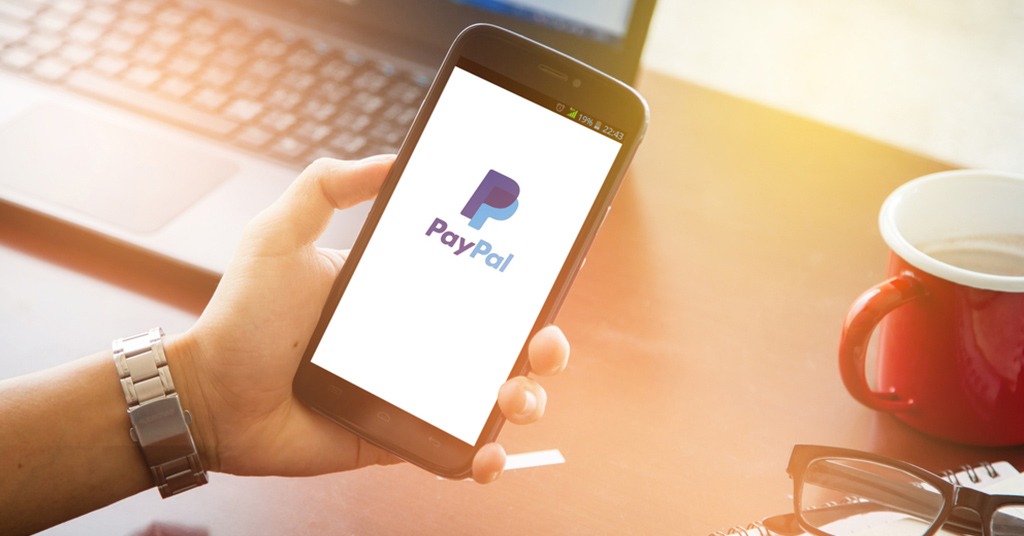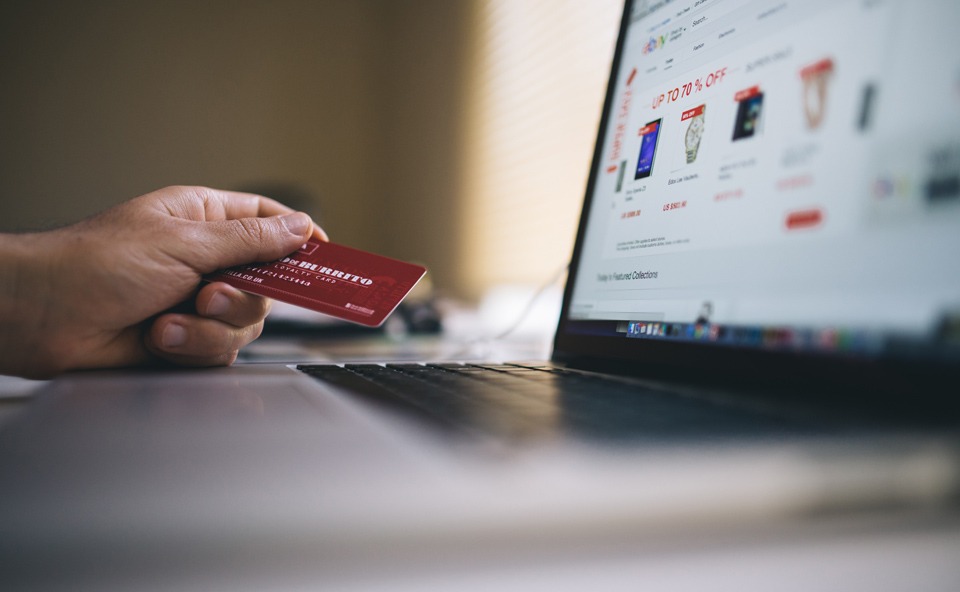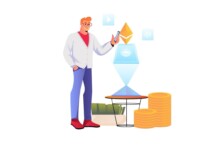The definition of micropayment and how it works

Micropayments: examples of practical use in different businesses. Source: shutterstock.com
Even if you never faced micropayments, there is a 99% chance that you’ve heard about this type of payment. On the one hand, the definition seems to be quite a clear one, so it is not that hard to understand that most likely it is about payments of small amounts. On the other hand, it is interesting to know how different companies use micropayments, and whether there is any alternative way to implement this type of payment.
PaySpace Magazine offers the definition of micropayments, and examples of practical use of this type of payment in different businesses.
What is it
A micropayment is a payment of less than a specified (depends on the processor and conditions) sum that is usually made online.
There is no clearly defined size of a micropayment, since it differs from business to business. A lot of firms established one dollar as a threshold of micropayment definition, which means any transaction that is less than one dollar is considered to be a micropayment. However, other companies recognize a micropayment as amounts below $5.00, below $10.00 (for example, PayPal), or even below $15.00-$20.00.

A micropayment is a payment of less than a specified sum that is usually made online. Source: shutterstock.com
Practical use of micropayments
One of the ways to implement this service is to provide a micropayment platform. It is a platform that is able to handle small transactions. However, here we also have a couple of options.
First, a merchant/service provider can establish an account with a third-party micropayment provider. All the payments (related to this retailer) are collected, stored, and distributed by this third-party provider. In this case, a consumer has a need for setting up an account with the same micropayment provider. The payments are not transferred right away. Instead, they are stored on a digital wallet, and when a sum of stored funds hits a specific threshold, a transferee gets paid.

Upwork amasses funds until the wallet has, shall we say, $1K. Source: shutterstock.com
For instance, Upwork is a site that has a database of freelancers, which matches these freelancers with customers (most often companies) that have temporary projects. For example, a particular firm needs a front-end developer, and it decided to find a one on Upwork. A developer has its price (depends on the skill level), and if it suits the employer, they initiate cooperation.
A freelancer completes the objective, let’s say, in three days, which totaled in twenty hours. The firm pays to Upwork, which, in its turn, collects its fees and stores the rest in a digital wallet (the funds intended for the freelancer). As the self-employed person gets more projects, Upwork amasses funds until the wallet has, shall we say, $1K. This is when Upwork pays the freelancer.
Secondly, there is another way micropayments work, and it can be called a prepaid system. A consumer has to set up an account with a micropayment processor and top it up. Thus, a client would be making payments via a micropayment processing account. For instance, PayPal is a micropayment provider. But it has its own definition of a micropayment, and it is any transaction that is less than $10.
A client tops up their account (let’s say it would be $200). When a user buys something for $5.99, for example, a subscription for an online-only magazine, the sum would be charged from the PayPal account and directed to the digital magazine. Therefore, the balance of the user’s account would be $200 subtract $5.99, and micropayment transaction fees due to PayPal.

PayPal is a micropayment provider. Source: shutterstock.com
The other micropayments model is called pay-as-you-go, and it is pretty similar to the previous one. In this case, you pay for what you’ve decided to purchase right away, but the micropayment processor is tied to your credit/debit card. Thus, you don’t have any third-party middlemen. It is pay-as-you-go because sometimes consumers literally buy things “on the go” (if not to say “on the run”), and this way of payment allows you to pay only for the things you’ve consumed.
Does it make sense in non-digital form?
We don’t want to jump to any judgmental conclusions, but most frequently micropayments make sense in the realms of digital payments. Purchasing a $1.00 music CD with extra shipping and delivery costs (totaled in extra $14.99) would hardly make some sense. On the other hand, buying the same music album for $1.00 in the digital form seems to be a good deal, not to mention the fact that there is no need for physical delivery in this case.

Most frequently micropayments make sense in the realms of digital payments. Source: pexels.com
Micropayment as a way to monetize an app
Today, micropayments are not as popular as they used to be. However, there are still some areas where people still use them. IAP (in-app purchases) is one of those areas. And it doesn’t matter whether it is a game or an educational app we are talking about. Mobile apps are a perfect sector for micropayments.
IAP transactions are normally immediate, which is a good thing for both developer and user. The developer receives funds, while a user gets what they want right away. IAP, by the way, is much more efficient than “pay us, and you’ll never see this ad”, or “buy premium with no ads or commercials”, if we are talking about app monetization.
SEE ALSO:









